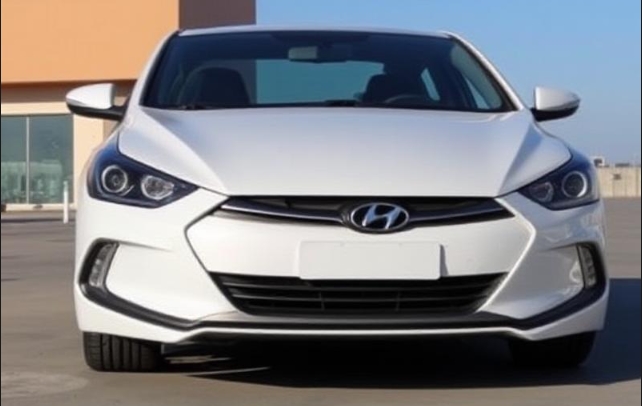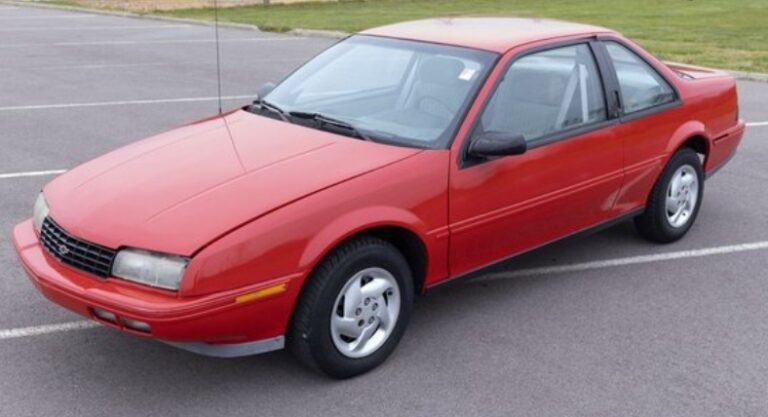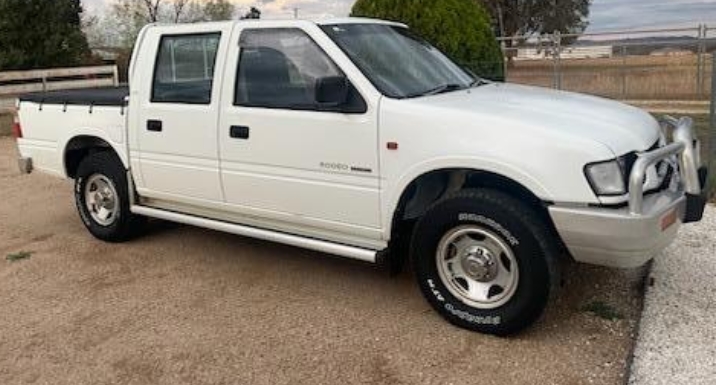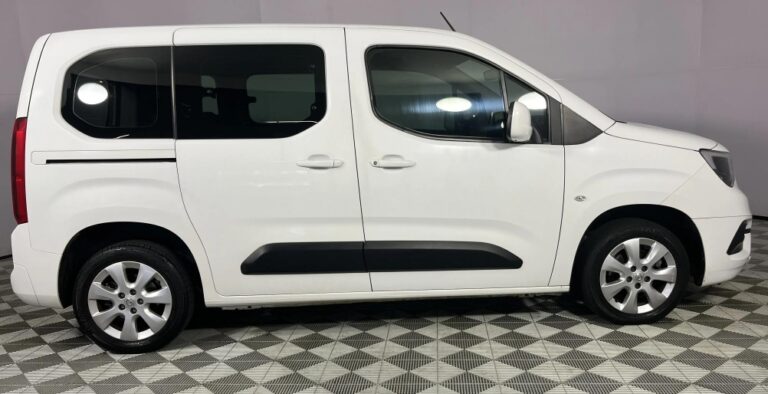The Evolution of the Hyundai Elantra: A Comprehensive Look
The Hyundai Elantra has woven a significant narrative in the automotive industry since its debut in 1990. This compact sedan has evolved through various designs, technologies, and marketing strategies over the decades, solidifying its place in the competitive sedan segment. This article delves into the history of the Hyundai Elantra, its models, trim levels offered over the years, and how it has adapted to changing consumer preferences.
First Generation (1990-1995)
The Hyundai Elantra was launched in 1990 as a successor to the Hyundai Excel. Initially introduced as a compact sedan, the first-generation models were known for their affordability and economical appeal.
Models and Trim Levels:
- 1990: The original Elantra was offered in a single trim level, featuring a 1.8-liter inline-four engine.
- 1991-1995: The Elantra saw minor updates during its run, including enhancements in comfort and technology such as an expanded range of options and improved interior materials.
Second Generation (1995-2000)
In 1995, the Elantra received a major redesign. It showcased more sophisticated styling along with a staggered increase in technology and safety features, marking Hyundai’s intent to compete with more established brands.
Models and Trim Levels:
- 1996: The Elantra was available in three trim levels: Base, GLS, and GT. The 1996 model introduced a more powerful 1.8-liter engine as well as optional features like ABS and power windows.
- 1997-2000: New features were gradually added, including a more refined suspension and improved sound insulation.
.

.
Third Generation (2000-2006)
Entering the new millennium, the Elantra underwent another transformation in terms of its design and performance. Hyundai shifted towards a more aggressive styling and technological enhancements to attract younger customers.
Models and Trim Levels:
- 2001: The Elantra included trims like the Base and GLS, adhering to the brand’s typical amenities.
- 2004: Hyundai introduced a hatchback variant alongside the sedan, reflecting changing consumer preferences.
- 2006: This generation culminated with the introduction of the Elantra SE, which came with enhanced features like larger wheels and an upgraded audio system.
Fourth Generation (2006-2011)
The fourth generation of the Elantra marked a significant evolution, termed the “HD” generation, showcasing a substantial focus on fuel efficiency and safety.
Models and Trim Levels:
- 2006: The model lineup included the SE and Limited trims. A 2.0-liter engine was standard across most trims.
- 2007: Hyundai added an Elantra Touring variant aimed at families who required additional space and versatility.
- 2010: For the last production year under this generation, the Elantra’s safety features were lauded, earning a top score in crash tests.
Fifth Generation (2011-2016)
The Elantra’s fifth generation signified a leap forward in terms of design philosophy with the introduction of Hyundai’s “Fluidic Sculpture” design language, providing a more sculpted and modern appearance.
Models and Trim Levels:
- 2011: Initially offered in GLS and Limited trims, featuring a 1.8-liter engine.
- 2013: The Elantra Coupe and Elantra GT models were launched, introducing sportier options.
- 2016: The model lineup was further refined into SE, Eco, Sport, and Limited, each reflecting enhanced technology and aesthetic upgrades.
Sixth Generation (2016-2020)
This generation saw Hyundai invest heavily in technology and performance, aligning with market trends favoring connectivity and hybrids.
Models and Trim Levels:
- 2017: The 2017 Elantra launched with SE, SEL, and Limited trims, showcasing a new 2.0-liter engine and a turbocharged 1.4-liter option for the Eco model.
- 2019: The Elantra got a significant refresh, along with an Elantra Sport variant featuring a more powerful 2.0-liter turbocharged engine.
Seventh Generation (2020-Present)
The current generation of the Hyundai Elantra debuted in 2020, highlighting a radical redesign that featured a bold, angular exterior look and new hybrid technology.
Models and Trim Levels:
- 2021: The Elantra was offered in SE, SEL, N Line, and Limited trim levels, with the base models accumulating more tech features including Hyundai’s SmartSense safety offerings as standard.
- 2022: Hyundai updated the Elantra N, the performance-oriented version equipped with a 2.0-liter turbocharged engine, showcasing a shift towards sportier options.
- 2023: The lineup continued with advanced features such as an integrated infotainment screen, wireless smartphone charging, and improved interior materials, along with enhancements in hybrid technology.
Future Outlook and Conclusion
As of 2023, the Hyundai Elantra remains a key player in the compact sedan market. With each generation, Hyundai has made significant strides in safety, technology, performance, and design. The ongoing commitment to hybrid and electric technology indicates that the Elantra will evolve with environmental considerations in mind.
Summary of Trim Levels through the Years
Here’s a concise summary of the trim levels offered throughout the generations of the Hyundai Elantra:
- First Generation (1990-1995): Base
- Second Generation (1995-2000): Base, GLS, GT
- Third Generation (2000-2006): Base, GLS, GT
- Fourth Generation (2006-2011): SE, GLS, Limited, Touring
- Fifth Generation (2011-2016): SE, Limited, Eco, Sport, Coupe, GT
- Sixth Generation (2016-2020): SE, SEL, Eco, Sport, Limited, N Line
- Seventh Generation (2020-Present): SE, SEL, Limited, N Line, N
The Hyundai Elantra has continuously adapted to meet changing consumer demands while remaining an affordable and reliable choice for buyers. With its rich history of evolution, the Elantra exemplifies both Hyundai’s upward trajectory in the global automotive market and the shifting paradigms in consumer preferences. Looking ahead, the Elantra seems poised for further innovations and developments to meet future challenges and opportunities in automotive transportation.







